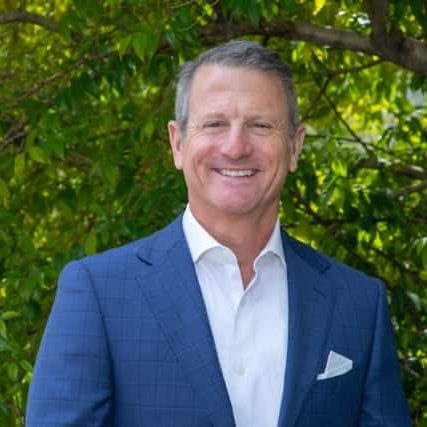
Eating right and exercising regularly are essential to good health, but it can be challenging at times, especially during a pandemic. Perhaps like you, I’ve recommitted to my own health this year, but know deep down that indulging in See’s Candies or my daughters’ homemade desserts often sideline my efforts. And I admit, it’s difficult to pass on a glass of my favorite Cabernet Sauvignon from the Oakville region. But when I falter—and I do—I just commit to getting back on track. It often comes down to personal attitudes and actions that help maintain well-being, reduce the risk of chronic diseases and add years to a life.
Welcome to our annual “Health & Medicine” issue! A strong lineup of stories in this issue focuses on the latest data, trends and health concerns we never thought to publish just 12 months ago. Indeed, the coronavirus pandemic has changed our everyday lives in many ways. While the upside is that many families are spending more time together and have taken up new hobbies such as gardening or biking, the downside is that the North Bay’s on-again-off-again shutdowns have left many people feeling isolated. I’m blessed to have my wife, Susan, and daughters Lily and Lauren all together under one roof. And our Shih Tzu pups, Freddie and Ginger, help keep us entertained. However, many people throughout the North Bay don’t have this type of self-contained community in their lives, and it is those for whom we should remain most attentive.
Our cover story this month takes an in-depth look at America’s newest addiction—tech devices. While video conferencing allows us to physically distance ourselves from our workmates and stay connected to friends and family, it also has the unforeseen consequence of further tethering us to our cell phones and laptops. Bonnie Durrance reports on how our increasing use of cell phones leads experts to believe we are becoming less social, less employable, less healthy and even less intelligent. The impact on our kids is especially troubling.
We’ve all worried what side effects the shutdowns and self-isolations would bring, and Judith Wilson chronicles the worst of these outcomes in “Coping with the Pandemic Blues.” The U.S. Centers for Disease Control and Prevention recently released the results of a survey showing that mental-health disorders had dramatically increased since the commencement of the pandemic. The survey revealed that more than 40 percent of respondents were suffering mental-health conditions, substance abuse and/or suicidal thoughts. Our initial concerns regarding anxiety and depression have come to light and these afflictions bare real pain upon millions. In this feature, Heather Carlberg, M.D., offers practical tips for maintaining mental well-being during these challenging times.
Of course, increasing physical activity by stressing our lungs and muscles is an obvious solution for millions to maintain physical and mental well-being. And many people have begun hiking and cycling outdoors to stay in shape. However, there’s nothing quite like hittin’ the gym, and health restrictions have devastated the fitness industry. In the feature, “Staying Fit,” Brandon McCapes reports on how one Santa Rosa gym managed to stay open by reimagining its entire business.
Is there anything quite like being in the presence of a newborn and taking in that sweet baby smell? One positive aspect of the shutdown has at least provided us with some unexpected cuties. Maternity wards have been quite busy since couples found themselves with a little extra time on their hands, haven’t they? Former associate editor, Mallorie Kerrigan-Deming, shares her first-hand experience of pregnancy in the midst of COVID-19. Scientists have logged how pregnancy has made women more prone to coronavirus infection; Mallorie shares the personal journey she and her husband, Jason, traversed in “Faith in the Future.”
And finally, this month’s special report covers the nuances within workplace diversity. Writer Michael Barnes reached out to local experts to weigh in on the topic. Today, diversity in the workplace means incorporating “cognitive diversity”—also known as “diversity of thought.” The idea is that people don’t have to look different (or identify with an underrepresented group) to bring unique and diverse viewpoints to the table. And when they do, everyone benefits—employers and customers. Though not all consider this the best option, diversity of experiences brings a wider pool of knowledge that a team can bring to decisions, ideas and projects. For diversity of thought to work, we must all be receptive to embracing the viewpoints of others. I intend to keep this in mind as I do my best to fulfill my new year’s resolution—to listen more.
My warmest regards to you and yours this year. Stay in touch at Lawrence@NorthBaybiz.com.


